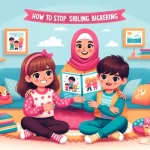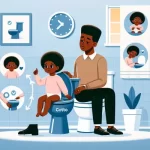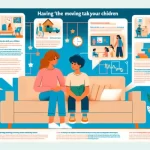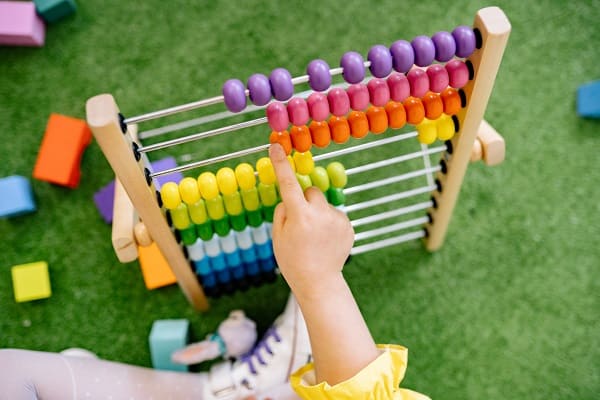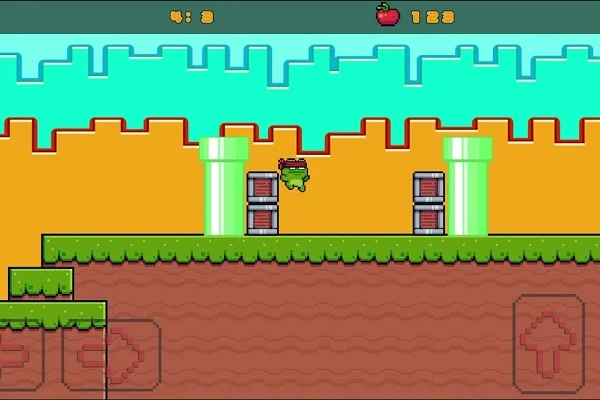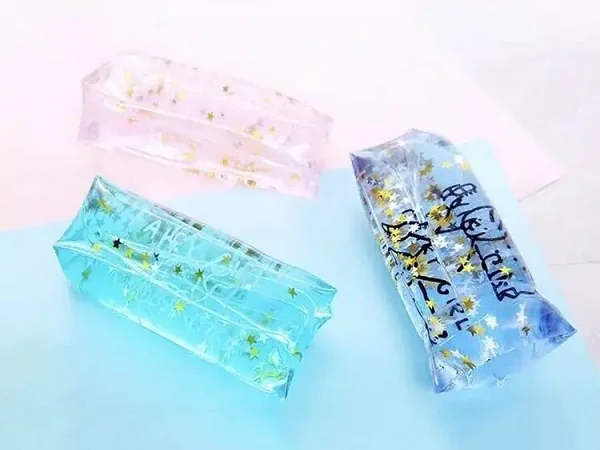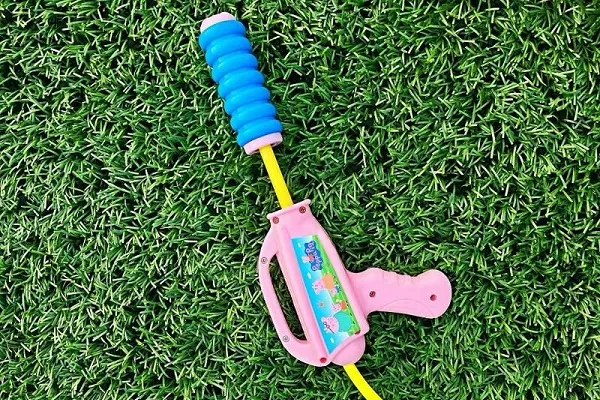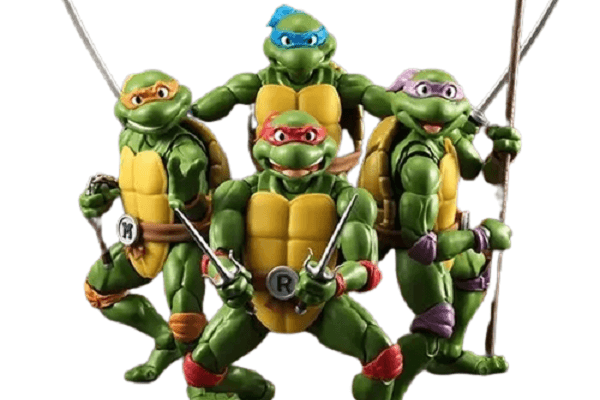Toys are the companionship of children’s childhood, and it is especially important for children to choose toys that are suitable for them.
Children’s educational toys are a kind of toys that are loved by babies of all ages. It can not only bring fun to babies, but also promote their intellectual development.
Get One-Stop Solution from This Page
- What are Educational Toys for Children?
- What are the Types of Children's Educational Toys?
- What is the Function of Children's Educational Toys?
- How to Choose Toys for Different Age Groups?
- How to Buy Children's Educational Toys?
- How to Maintain Children's Educational Toys?
- What are the Precautions for Children's Educational Toys?
Here’s Everything About Educational Toys for Babies, Keep Reading ↓
What are Educational Toys for Children?
Children’s toys are the best childhood playmates for children, and some toys even outlive parents.
We all know that comfort toys are an alternative source of security for babies and are very important to babies.
So children’s educational toys are also extremely important for babies.
First of all, the unique leisure, fun and entertainment of these toys will not only promote the development of the baby’s intelligence, but also help exercise the baby’s imagination, creativity and hands-on ability, cultivate children’s curiosity and patience, and make children more intelligent.
What are the Types of Children's Educational Toys?
1. Building Blocks
Such toys are favored by children and parents alike. Like other educational toys, building block toys also have many advantages. For example, cultivate children’s imagination, improve children’s coordination and so on.
2. Puzzle Toys
This type of game mainly allows children to improve their imagination and cognitive ability by doing jigsaw puzzles; in addition, it can also improve their ability to analyze problems.
3. Digital Abacus Text
By exposing children to different numbers and words, children can understand numbers, quantities, and shapes well, and at the same time, children’s muscles can become more flexible.
4. Puzzle combination
By exposing the child to different educational combination toys, he can have a deeper understanding of things. Such as time, animals, etc. There are also many benefits of such toys, such as: cultivating children’s spatial imagination, hands-on ability and so on.
5. Puzzle Toys
6. Cartoon dolls
Cartoon dolls are a kind of educational toys favored by children, which can bring a lot of joy to children. If the parents are not around, the cartoon dolls can replace some of the functions of the parents to soothe the children.
7. Transportation Toys
Transportation toys, mainly train and car models. Such toys, in addition to allowing children to have a deeper understanding of vehicles, can also cultivate children’s hands-on ability.
8. Game Toys
This type of game mainly allows children to improve their cognitive ability by playing games, not only that, but also can make children smarter, and at the same time play a role in coordinating children’s hands and eyes.
9. Drag Class
These toys mainly allow children to improve their standing and walking ability by dragging and pulling. In addition, it can also cultivate children’s cognitive ability.
10. Tools
What is the Function of Children's Educational Toys?
1. Develop Your Baby's Intelligence
There are many functions of educational toys, the most important of which is to promote the intellectual development of the baby and make the baby smarter.
Many relevant studies have shown that children who love to play with children’s intelligence toys are much smarter than children who do not touch educational toys.
The intelligence of the former is about 11 points higher than that of the latter.
Some American medical experts even said that if the baby is exposed to children’s educational toys from an early age, then Alzheimer’s disease can be well prevented, and the incidence rate will not exceed 1% of the average person.
2. Stimulate the Response of Various Organs of the Baby
Such toys can not only help babies develop intelligence, but also stimulate the development of children’s various organ functions.
For example, colorful toys can stimulate the baby’s vision; some toys with simple sounds or animal sounds can stimulate the baby’s hearing; various rolling toys can stimulate the baby’s sense of touch.
3. Coordinate the Baby's Physical Functions
In addition to developing the baby’s intelligence and stimulating the response of various organs of the baby, educational toys can also make the child’s body more coordinated.
For example, it requires the cooperation of the hand and the brain to complete the building block game.
4. Has the Function of Practicing Social Activities
Children’s educational toys have a very positive role in cultivating children’s good social activities.
When children play with educational toys in the company of parents or friends, they can cultivate children’s sense of cooperation and learning ability subtly.
At the same time, it can also improve children’s language ability, hands-on ability and so on.
How to Choose Toys for Different Age Groups?
· 0-3 months
Babies of 0-3 months have less toys suitable for them because they are just born. Therefore, toys that can make sounds or can move are suitable for babies of this age.
· 3-6 months
Babies of 3-6 months, because they have just learned to grasp things, prefer toys that can be licked by their mouths and can be held by their hands.
· 6-9 months
Babies of 6-9 months, because they have just learned to sit and can use their hands flexibly, babies of this age prefer toys that can make sounds by hitting; babies who learn to crawl are more suitable for toys that can be pushed by pushing toys that are played with or rolled around.
· 9-12 months
Babies of 9-12 months generally have a very strong imitation ability. They can usually clap their hands or dance their bodies to the rhythm of music, so at this time, babies prefer toys that can be operated with fingers.
· 12-18 months
Babies aged 12-18 months prefer toys that are easy to move, such as building blocks, toy cars, and telephone toys, as their bodies become more and more flexible.
· 18-24 months
Babies of 18-24 months are more active and active, so they prefer toys that can be moved. For example: trolleys, scooters, musical toys, etc.
· 24-36 months
Babies of 24-36 months, with the development of intelligence, they are more interested in educational toys such as puzzles that can promote brain development.
How to Buy Children's Educational Toys?
1. Choose Toys According to Age
The toys themselves are designed for children of different ages and are targeted. Therefore, it is very important for children to choose the right toys. In addition, there may be safety hazards for younger children to play with toys of older ages.
2. Check the Expiration Date of the Toy
3. Learn How to Use Toys
This is where you need to pay special attention when buying toys. Because the use of some toys is more complicated, the correct use method is very important for the safety of the baby, such as children’s learning machines, children’s bicycles and so on.
4. Check the Safety of Toys
There are many educational toys on the market, but not all educational toys are suitable for children. When buying, parents should try to avoid buying toys with rough edges, various small parts or sharp corners. In addition, toys with the “Not suitable for children of a certain age” mark should also be strictly screened.
5. Do not Buy "Three No" Products
The state stipulates that all toys must be marked with the manufacturer, factory site and certificate of conformity. Check whether the toy usage specifications are complete, and the bacteria deposited on plush toys, dyeing pigments and other elements that are easily harmful to children’s health.
6. Choose Toys that Suit Your Child's Personality
How to Maintain Children's Educational Toys?
1. A safe growing environment is very important for babies. Baby supplies must be cleaned on time, as are baby toys. Different types of toys have different cleaning methods.
2. For plush toy products, a simple appearance is far from enough, and its interior is also particularly important. In order to make huge profits, some manufacturers choose inappropriate things as fillers, which is extremely detrimental to the baby’s health, so parents should pay special attention.
3. For unqualified toy products, parents should strengthen the discrimination. You can judge whether the toy is firm by twisting its facial features with your hands, or whether the toy is safe by smelling its smell.
4. If there are electronic components inside the toy, the battery can be taken out before cleaning. If the toy is waterproof, it is not necessary to take it out.
5. If you want to sterilize the fluff of the plush toy, you can iron it with a steam iron to make the fluff clean and non-toxic.
6. If it is a fur toy, you can use a comb to straighten its fur, and clean it with alcohol spray or wipe with a wet wipe.
7. In addition to cleaning different types of toys in different ways, try to keep the interior clean and hygienic, develop the habit of cleaning toys on time, and use clean and soft tools to clean toys. In addition to this, toys should be kept in a cool place and avoid prolonged exposure to sunlight.
What are the Precautions for Children's Educational Toys?
1. Know How to Use
Before giving the baby a new souptoys, parents first need to be familiar with the correct use of the toy, and teach the child in time to avoid potential safety hazards for the baby due to the wrong use of the toy.
In particular, it is necessary to pay attention to the warning words specially marked on the developmental toy packaging.
After the toy is unpacked, special attention should be paid to some ropes, small objects, thin plastic products, etc. For babies aged 0 to 3 years, try to avoid contact with these things.
For slightly more complicated toys, keep the instructions in time. In addition to this, choosing toys that are suitable for your child is extremely important.
2. Thoroughly Inspect the Toy
No matter what you do, safety comes first. Therefore, when parents choose developmental toys, they should avoid choosing toys with edges and sharp points, so as to avoid harm to children due to sharp edges and corners.
For babies under three years old, toys with small parts should also be avoided as much as possible to prevent accidents caused by accidental ingestion or stuffing into the nostrils and ears of children.
3. Properly Store Toys
Educational toys should be properly stored after playing, and different types of toys should be classified to avoid clutter. And do a good job of cleaning.
For example, plush toys are easy to accumulate bacteria and cause harm to children’s health. They need to be cleaned frequently to ensure that they are clean and tidy.
In addition, parents should buy educational toys through formal channels, look for the “3C” logo, and refuse to buy three no products.


